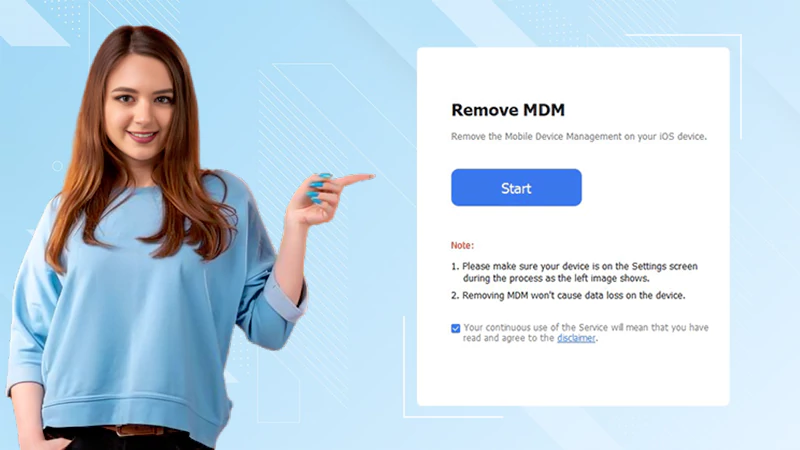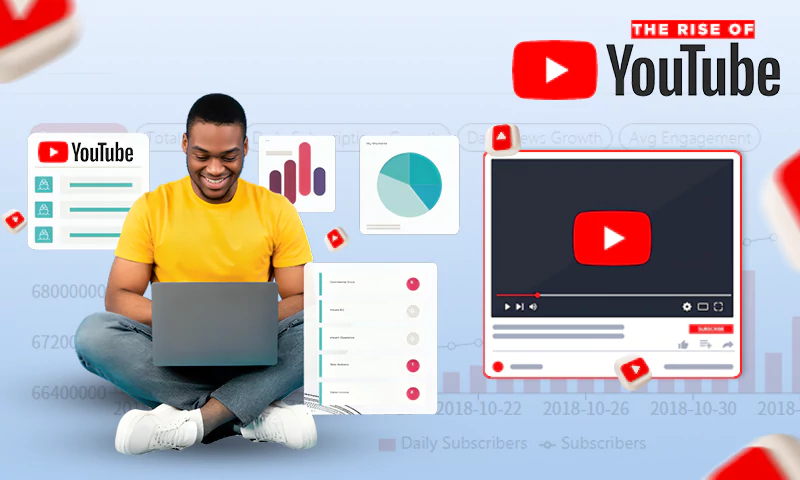How to Set Customer Service Goals to Keep Your Employees Engaged and Boost Their Efficiency
Customer service is a critical component of every company’s success. It is, in fact, a process through which a company’s management provides the resources needed to achieve the desired results. In this context, it will be required not only to investigate client behavior but also to create the best techniques for retaining them. As a result, businesses must emphasize customer service, rethink their strategy, and truly understand the value of the client.
You must understand how to create engaging goals to get the most out of your employees. The primary goal of customer service is to answer inquiries quickly and efficiently, manage problems with care and empathy, increase brand trust, and build connections. As a primary source of productivity, goal setting offers various advantages to firms. The concept is straightforward: a happy consumer is a loyal customer, and a loyal client would gladly renew his purchase experience with the company. Customer retention is thus one of the company’s primary issues. This method, as simple as it looks, requires some knowledge. This post will show you how to develop motivational goals for your staff.
How to Set Individual Customer Service Goals
Certain critical criteria must be understood in order to develop client loyalty. Here are the primary things to consider to achieve the most positive results.
Engaging your workforce is one of the first steps since it is your team that interacts with customers on a daily basis. To make it easy to learn, choose an ergonomic software, train your employees if necessary and explain the benefits of such a tool to them.
Monitoring your performance, in turn, will help you evaluate the effectiveness of your goals and KPIs (performance indicators): rate of active customers, lead generation, churn rate, and revenues per customer.
Optimizing the customer experience is the next step to anticipate and fulfill your customers’ and prospects’ specific needs and expectations. In particular, reactive and attentive sales representatives, a personalized approach, customized offers, and high-quality after-sales service are all good examples of memorable saas customer support and building customer loyalty.
Finally, increasing your company’s productivity cannot be done without the right CRM tool. It enables collecting and analyzing data related to the satisfaction of your customers, in particular through the publication of satisfaction surveys. You will then be able to correct your failures and adjust your offers. As a result, your teams can focus on their core business and be more motivated and productive.
Smart Goals for Customer Service
Smart objectives can be defined as the steps for attaining business goals. It is a matter of focusing as much on capital management and careful planning to return a complete task on time.
Firstly, your aim must be explicit and understandable to the manager and his team. To prevent deviating, the stages must be as concrete as feasible. Secondly, you must evaluate your achievements and the method you still need to take. This is a key factor for understanding your growth. It enables the manager to assess his team.
Thirdly, accessibility is an important aspect to consider at an early stage. Evaluating necessary means and resources is a basic indicator of professional customer service objectives. Moreover, regardless of the challenges to overcome, the goal must be achievable, especially if it involves the engagement of investors or partners.
Finally, it must have a deadline to avoid the project being postponed, including financial losses and lowering staff motivation. Therefore, to develop the workload and dynamism required for optimal productivity, it is vital to set a time restriction that must be followed.
Examples of Customer Service Goals to Motivate You
Do you want to see how this method works? We will describe how to use the aforementioned approach to transform a simple target into a smart goal. Assume you’re a sales manager and want to make your team more productive. Let’s add the five criteria of the smart method:
- Concentrate on a single aim to make it specified, in particular boosting efficiency in terms of lead processing or attracting new customers. It can be altered due to your specific requirements
- Defining the exact strategies, like spending 40% less time on lead processing, will make it more quantifiable
- Consider whether your goal for customer service is challenging enough to be appealing
- Check whether it is possible to achieve this indicator in order to make it more realistic
- Setting up the time frames, such as spending 40% less time on lead processing by the end of the following quarter, will keep your team more organized and motivated
The Key Findings
Setting customer service goals takes time and consideration. All of them should be created in accordance with your company’s sales strategy. Furthermore, they should be explicit, measurable, adaptable, realistic, and time-bound to improve the overall performance of your business.
The smart technique will assist you in defining your goals, but it will not be enough to attain the intended outcomes. It does not, in fact, offer an action plan or a strategy for achieving your goals. However, it contains effective business solutions for determining how to improve efficiency. Remember that anybody may accomplish outcomes, although constant and consistent success takes courage, determination, preparation, and sacrifice.
Share
















